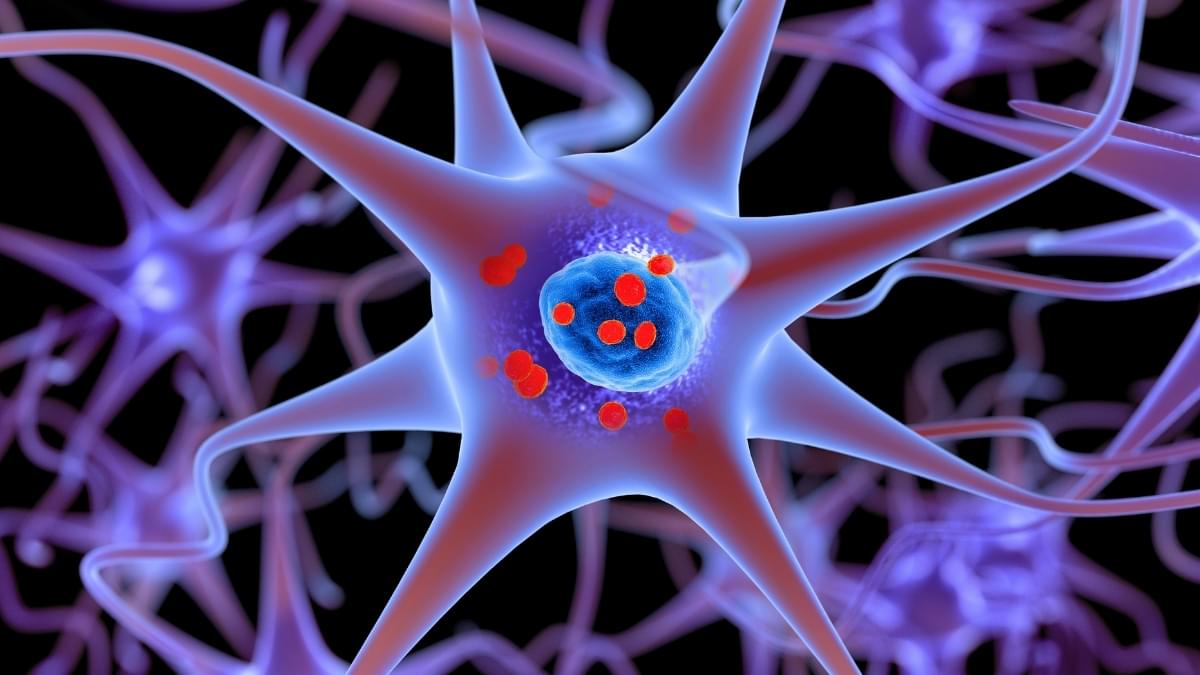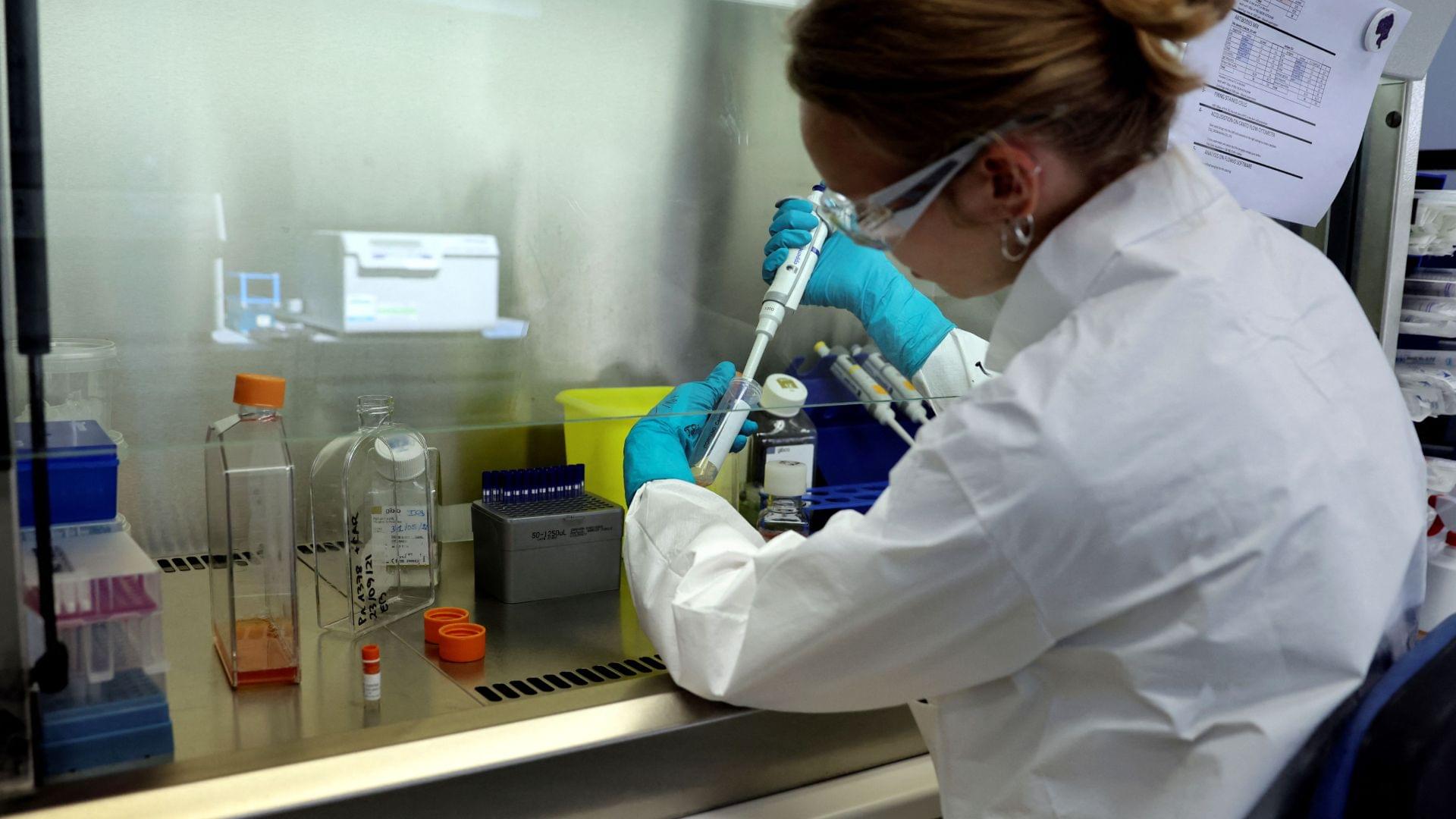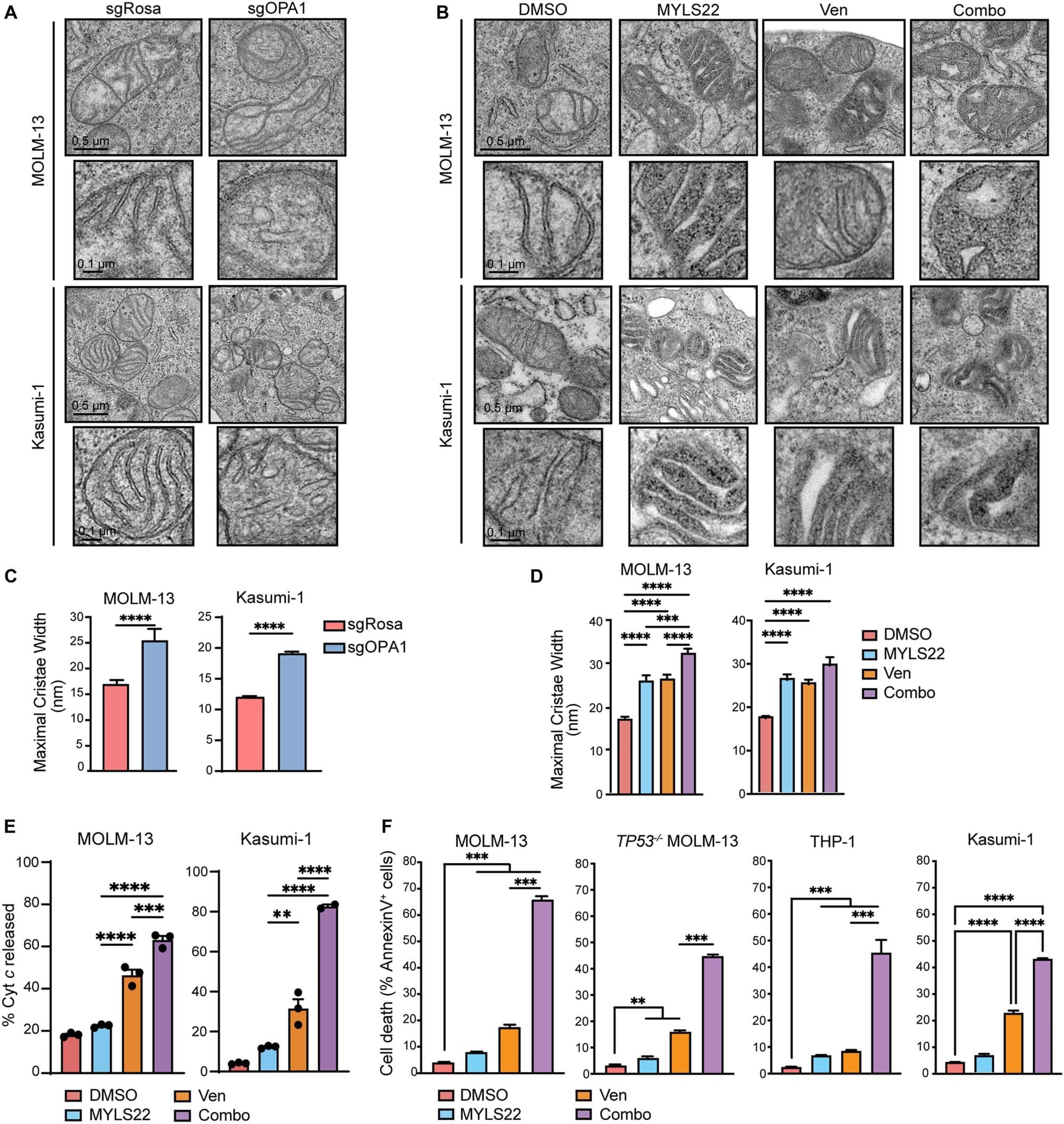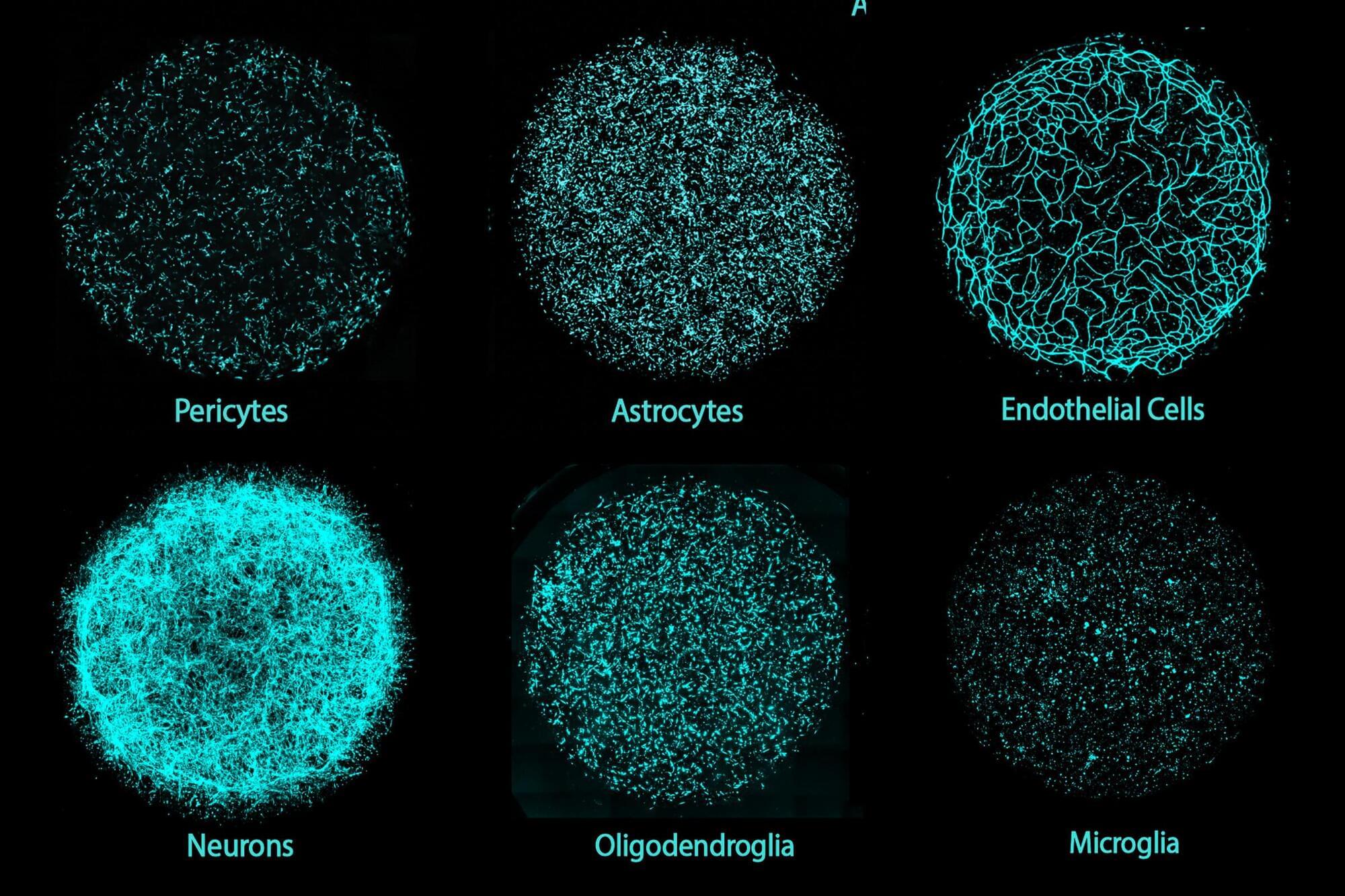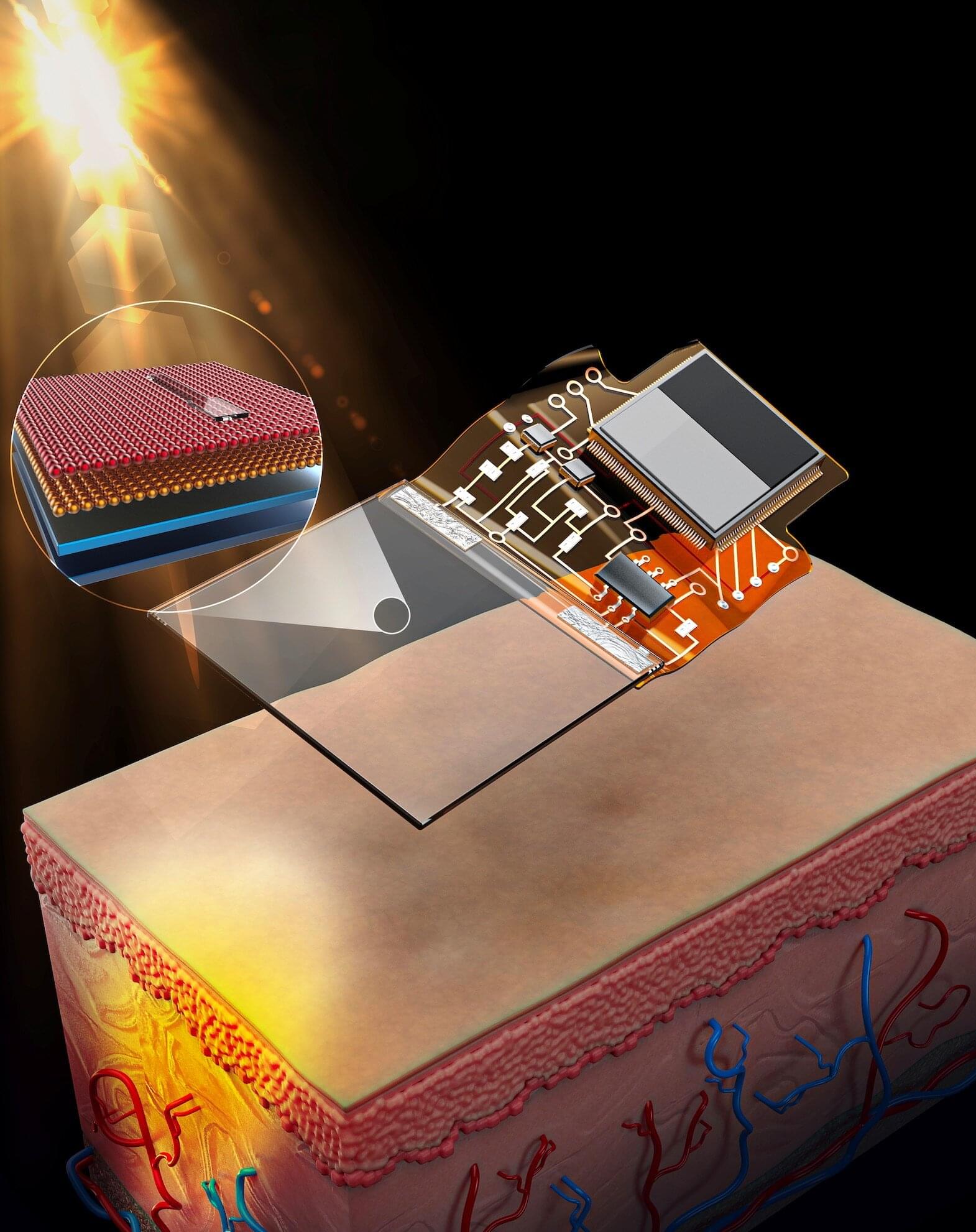October 21–22, 2025 (Online) 🌿
Dear colleagues and friends.
We are pleased to invite you to the International Scientific Conference “Anti-Aging: Science and Practice of Healthy Longevity”, organized by the Gerontology Section of the Moscow Society of Naturalists (MOIP) at Lomonosov Moscow State University, with the support of the Gerontology Society of the Ural Branch of the Russian Academy of Sciences (URAN).
📅 Dates: October 21–22, 2025 🕛 Time: 12:00–16:00 (Moscow time) 💻 Format: Online participation (free of charge) 🗣️ Working language: Russian.
🔹 October 21 — “Hypoxic Training (Therapy): Modern Aspects of Healthy Longevity Medicine” 🔹 October 22 — “Fundamental and Clinical Gerontology as the Basis of Healthy Longevity Medicine”
The conference will feature leading scientists from Russia, Germany, Belarus, Kyrgyzstan and other countries. Topics include: • Hypoxic therapy and adaptive mechanisms; • Geroprotection and the biology of aging; • Epigenetic reprogramming and cellular rejuvenation; • Applied aspects of active and healthy longevity.
🔗 Connection links: • Day 1 (October 21): https://my.mts-link.ru/j/38630705/5798697072

